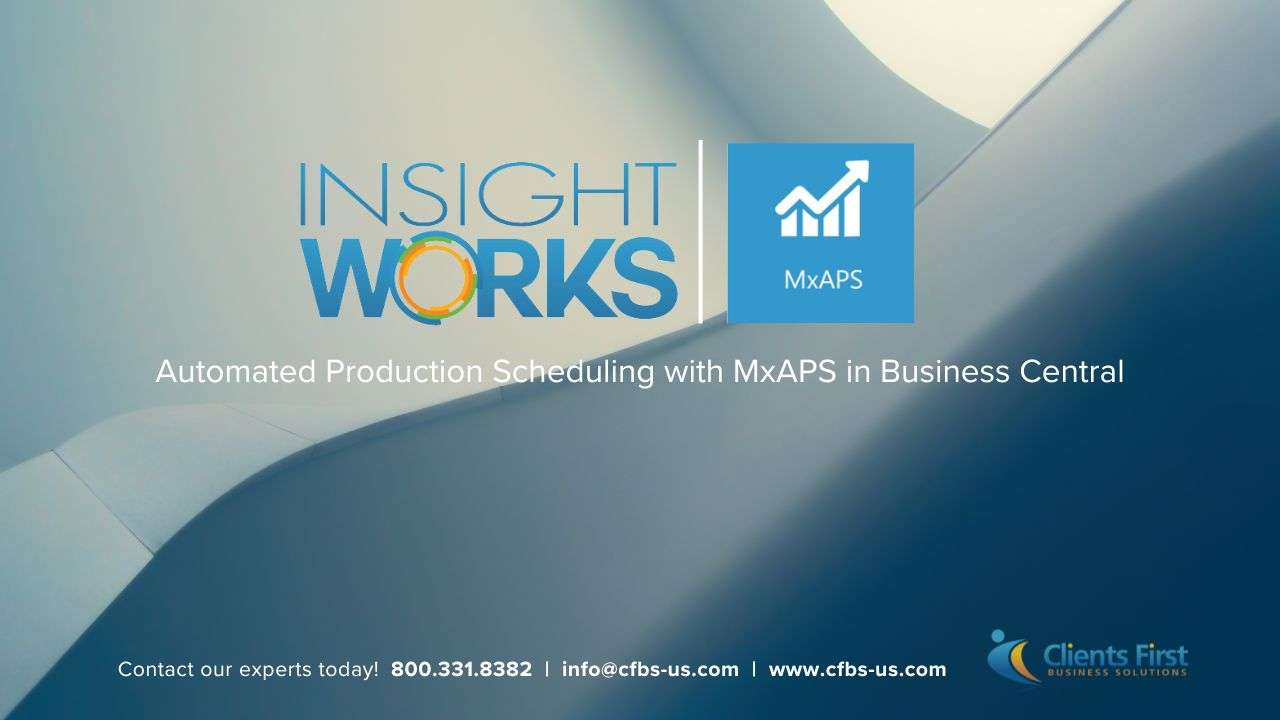 Microsoft Dynamics AX has established itself as a leading ERP solution for upper middle market to large size enterprises. This is in part due to its success including core areas of business such as financial management, project & manufacturing, supply chain management and business intelligence reporting capabilities.
Microsoft Dynamics AX has established itself as a leading ERP solution for upper middle market to large size enterprises. This is in part due to its success including core areas of business such as financial management, project & manufacturing, supply chain management and business intelligence reporting capabilities.
Unique to Dynamics AX is its ability to support specific specific operations relating to the Maintenance, Repair & Overhaul (MRO), Manufacturing and other supply chain industries. Lets review this job shop software product to see what advancements Microsoft Dynamics AX made in 2013.
Dynamics AX: Recent Developments Reviewed
Thanks to MSDynamics World, we've been able to sum up the latest developments for Dynamics AX. For Microsoft partners and end-users, reviewing developments in the AX product is a hot topic. This is because additional tool sets offering significantly improved capabilities can help organizations take their operations one step closer to perfection. The most notable developments for Dynamics AX 2013 include:
- Lifecycle Services: Providing a cloud-based work space, Lifecycle Services (LCS) has been especially developed for custom ERP implementations. Besides the fact that LCS allows you to share information about Dynamics AX, it integrates a series of useful functions, which will definitely change the way most people see Dynamics AX.
Our comprehensive review Microsoft Dynamics AX aims to present LCS as one of the most important developments of 2013 and will go into what it can do for you and your organization. Based on the type of project you intend to configure, LCS puts at your disposal a series of checklists and tools to best manage your projects. For instance, with Business Process Modeler, you can create, modify, view and standardize process flows within Dynamics AX. In addition, this module allows you to align your operations with industry standards, generate flowcharts, and even identify and correct the gaps between your needs and AX functionality.
LCS also includes a License sizing estimator, which provides information regarding the number of licenses you need in order to access all areas of AX. Another module included in LCS, Customization Analysis, has the role to validate/invalidate your project according to specific industry standards. Customization Analysis comes with a reporting function, which indicates the areas you need to improve to get your project approved.
Another important tool is Upgrade Analysis. With this tool, you can plan future upgrades to Dynamics AX so that you won’t miss important developments. Additionally, System Diagnostic and Issue Research tools help you not only to spot existing issues, but also to find solutions and identify problems that can’t be fixed. Last, but not least, RFP - a very important pre-sales feature – allows you to respond to enquiries and requests for proposals.
- Feature Packs for Warehouse, Transportation and Mobility: These packs represent some important ERP advancements that is a major point of discussion in our Microsoft Dynamics AX review. Since many manufacturers, distributors and retailers have long relied on Dynamics AX for a 360-degree view of their business operations, Microsoft has decided to develop special feature packs that enhance the basic functionality of this ERP solution. In fact, these feature packs define a new direction, which focuses on superior customer experiences. With new tools and features available through these packs, you’ll be able to engage with clients on your own terms, run more agile operations, which will probably exceed your customers’ expectations, respond to changing business conditions quickly enough to capitalize on new opportunities and make your customers happy by offering them a variety of choices, addressing all their needs, and sharing timely insights with them.
- Windows 8 Applications: A Dynamics AX review would be incomplete without presenting the latest Windows 8 applications (Expenses, Timesheets and Approvals), especially deployed to extend the capabilities of this Microsoft ERP system. The Expenses application enables you to create and manage expense reports in combination with AX’s basic financial management features. With the Timesheets application, you can make new timesheets, send them for approval and view the timesheets already created/approved. The Approvals application provides a quick and easy way to verify and approve reports, timesheets, and more.
These are the most essential AX developments of 2013. But, Microsoft doesn’t stop here; the Dynamics team has already prepared many other pleasant surprises, such as Windows 8’s business analyzer, better retail functionality, new User Experience Design competency for partners and complete integration with various third-party ERP applications, which will be introduced from January 2014 onwards.
Still unsure if Microsoft Dynamics AX is right for you? Check out our whitepaper below:





